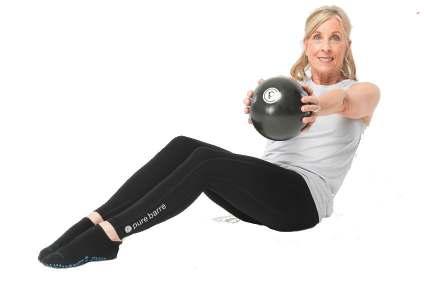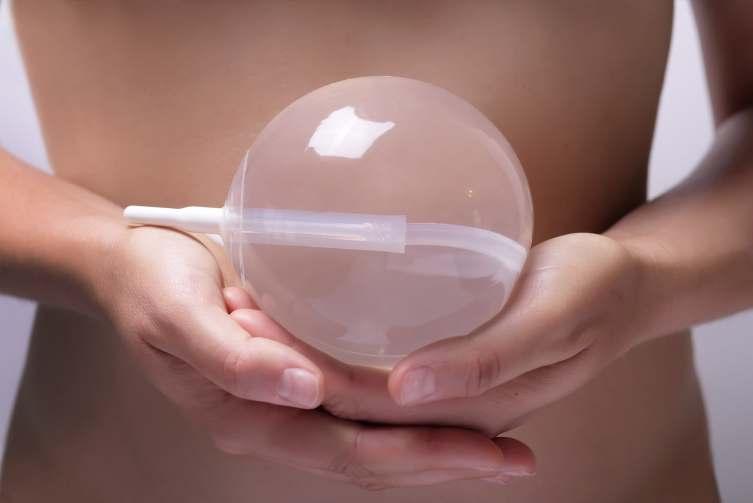
4 minute read
YOUR BEST SKIN at Every Age
from February 2023
by novaliving
By Lisa Tep
Ready for your best skin? I know I am!
Advertisement
As much as we'd like to "set it and forget it," that's not how skincare works. Over time, internal and external factors (lifestyle choices, sun exposure, health, etc.) play a huge role in how our skin changes. Your skincare should adapt to support your skin's ever-changing needs. Products you used in your 20s may or may not support the skin of your 40s.
I've broken down my recommendations by decade, with each decade having an overarching focus:
• Teens- Establish
• 20s – Prevent
Skincare in Your Teens
The onset of puberty usually results in hormonal changes that may cause excess oil production and congestion, leading to acne in some teens. Whether acne forms or not, the teenage years are a crucial period for forming healthy skincare habits.
The main focus at this stage is establishing a simple routine, one that gets adopted early on and is easily incorporated as daily personal hygiene. The more complicated the routine, the less likely your teenager will comply, and compliance is key.
Hands down, there are two absolutely critical products to introduce at this stage - a facial cleanser and sun an absolute minimum. Teens can greatly benefit from professional treatments such as deep pore cleansing facials. These sessions allow a trained and licensed esthetician to thoroughly analyze, perform extractions, and properly treat the skin. Unless a teen suffers from active acne, a facial treatment once a year should suffice.
Skincare in your 20s
Considered the "golden era," skin has structure, smoothness, and that youthful glow. Hopefully, any teenage acne will begin to or has subsided at this stage. Lifestyle choices and hormonal changes (pregnancy, stress, etc.) will have a huge effect on future skin health.
time to slowly incorporate other products into the regimen, specifically an exfoliant and serum.
Professional facial treatments, received once or twice a year, will help in the early identification and mitigation of any potential issues.

Skincare in Your 30s
Visible signs of aging begin to appear in this decade - fine lines, wrinkles, and discoloration. Collagen and elastin production continue to decline, and hormonal changes and/or cumulative years of sun exposure lead to pigmentation. Cellular turnover noticeably slows down, causing dull, dry, or roughtextured skin.



The focus at this stage is to stimulate the skin's natural ability to heal and protect itself and to take a more active approach to targeting skincare concerns.
Take exfoliation up a notch (either increase the frequency or use a stronger, but still appropriate - exfoliant). Introduce an eye cream to protect that delicate skin in the eye area, preventing lines and wrinkles.
Now is the time to incorporate serums and other topicals to address skin concerns (if you haven't already). In the AM, look to strong antioxidants such as vitamins C and E to mitigate the effects of the sun and environmental stress. In the PM, look to vitamin A (or retinol) and peptides to prevent fine lines and wrinkles, or hyaluronic acid to hydrate and boost elasticity.
For those who want a streamlined and simple regimen, look to multipurpose products. For example, a moisturizer that's formulated with a gentle AHA/ BHA, so that you're moisturizing and exfoliating at the same time.
Quarterly professional facial treatments, at this stage, are highly recommended. You should view these sessions like you view your bi-annual dental visits. You brush and floss at home on a regular basis, but your office visits allow for targeted treatment that delivers the boost your skin needs.


Skincare in Your 40s
Visible signs of aging become more prominent in this decade. Lines and wrinkles deepen; hormonal changes can cause cystic acne (especially in the jawline), and those breakouts can leave spots and scars. Cellular turnover was already slowing down, but now it seems almost at a standstill. Skin feels texturized and dull, sun damage is more pronounced.

It's "all hands on deck" at this stage, and it's time to reach for the heavy artillery - retinol, growth factors, and peptides - for targeted anti-aging and reparative effects.

Vitamin A derivatives (retinols) increase cellular turnover and collagen production. Growth factors are proteins that are naturally present in the body and act as messengers that tell cells to start and complete a process. When applied topically, growth factors essentially signal skin cells to jumpstart collagen production. Peptides are short chains of amino acids that act as the building blocks of proteins like collagen and elastin. Like growth factors, peptides act as messengers, stimulating collagen and elastin production as well as skin repair functions.
While quarterly professional treatments are still highly recommended at this stage, you may want to consider a bi-annual series (3-6 treatments received every 4-6 weeks) of targeted treatments, using the latest tools and technology (such as chemical peels, nanotechnology, microneedling, ultrasound, radio frequency, microcurrent, etc.) to optimize results.
Skincare in Your 50s
Visible signs of aging are no longer avoidable at this stage as collagen and elastin production continue to sharply decline and the skin seems less plump and firm. Menopause also brings about changes in the skin. Facial volume loss and laxity, age/sun spots, dryness, deeper lines, and broken blood vessels are the hallmarks of this decade. Continuing preventative measures is important, but the focus should be on replenishing and nourishing the skin. Look to hyaluronic acid and ceramides to deeply hydrate and plumpen the skin. Powerful peptide technology that emulates dermal fillers can reduce the effects of volume loss. Look to moisturizers that are more nutrient rich and heavier in texture for added skin comfort.
Skincare, in this decade, extends beyond the face. If you haven't already incorporated a dedicated neck and decollete cream, now is the time. Be sure to treat the hands too - exfoliate, treat pigmentation & loss of elasticity and hydrate! Manicures that use targeted anti-aging treatments can work wonders.
Quarterly professional treatments and bi-annual series of targeted treatments are a no-brainer at this stage.


Skincare in Your 60s
Hot flashes and the hormonal rollercoaster of menopause typically winds down in this decade, but the lack of density and hydration in the skin continues. The focus shifts from antiaging to optimal skin health - protecting and moisturizing is the name of the game.
While the visible signs of aging are largely here to stay, a consistent skincare routine prevents accelerated aging, skin discomfort, and further damage. While the actual regimen of products stays the same, product ingredients, formulation and texture change. Look for ingredients that soothe, calm, and comfort the skin but still get the job done. Protect with antioxidants, hydrate throughout the









